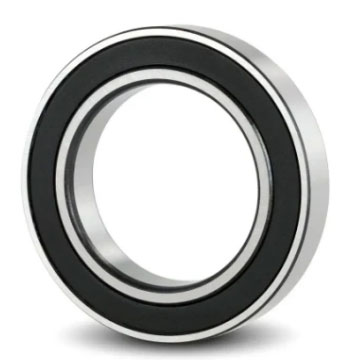Home / News / Spindle Bearing Preload Setting: A Comprehensive Guide to Optimal Performance
Spindle Bearing Preload Setting: A Comprehensive Guide to Optimal Performance
Introduction
In various industries that rely on machining and precision tools, spindle bearing preload is a critical factor in ensuring optimal performance and accuracy. The right preload setting can minimize vibrations, enhance rigidity, and increase the life of the spindle bearing assembly. This article will discuss spindle bearing preload setting, its significance, and the key steps to achieve the ideal preload in different applications.
The Importance of Spindle Bearing Preload Setting
Spindle bearing preload refers to the process of applying an axial force on the bearing to reduce its internal clearance, thereby establishing controlled contact between bearing elements. An appropriate preload setting is vital for several reasons:
Enhanced Precision: Proper preload settings contribute to improved machining accuracy and precision, as they stabilize the spindle during high-speed operations.
Increased Rigidity: Preload setting ensures adequate rigidity in the spindle bearing assembly, which is crucial for maintaining consistent cutting forces.
Reduced Vibrations: The right preload setting helps minimize vibrations that can affect the quality of the machined parts and lead to premature tool wear.
Extended Bearing Life: Proper preload settings can prolong the life of the spindle bearing assembly by distributing forces evenly and reducing the impact of thermal expansion.

Steps to Achieve the Ideal Spindle Bearing Preload Setting
Choose the Right Preload Method
Selecting the appropriate preload method is the first step in achieving the ideal preload setting. Common preload methods include spring preload, spacer preload, and hydraulic preload. Each method has its advantages and limitations, so it is essential to choose the method that best suits the application's specific requirements.
Determine the Required Preload Value
The next step is to determine the optimal preload value for the spindle bearing assembly. This value depends on factors such as the bearing type, application requirements, and operating conditions. Consulting the manufacturer's recommendations and performing calculations based on these factors can help identify the appropriate preload value.
Measure and Adjust Preload
Once the required preload value is determined, measure the existing preload using appropriate techniques such as a dial indicator, force gauge, or torque wrench. Compare the measured value with the required value and adjust the preload accordingly. This may involve changing the thickness of spacers, adjusting spring tension, or modifying the hydraulic pressure.
Monitor and Maintain Preload
Regular monitoring and maintenance are crucial for ensuring that the spindle bearing preload remains within the desired range. Factors such as wear, temperature changes, and loading conditions can affect the preload over time. Periodic inspections and adjustments can help maintain optimal preload settings and prevent performance issues.
Conclusion
Spindle bearing preload setting plays a vital role in the performance and longevity of spindle bearing assemblies. By carefully selecting the preload method, determining the optimal preload value, and consistently monitoring and adjusting preload settings, manufacturers can improve machining accuracy, reduce vibrations, and enhance the overall efficiency of their equipment.
- Previous: Spindle Bearing Preload Method: An Overview of Techniques and Applications
- Next: Spindle Bearing Preload Gauge: A Guide to Precision Measurement and Optimal Performance













